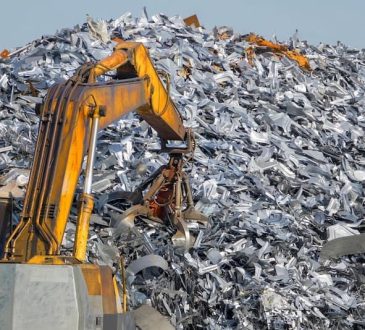
Any homeowner would want to find ways to save a few dollars on their utility bills each month. After all, saving money on bills means you have a little more to spend on other things, including unexpected expenses.
If you’re thinking of what bills to try and lower each month, electricity and water may well be the first ones to come to mind. You may already know a few tips to help with each one, like turning off the lights in a room that no one’s currently using and taking shorter showers. Here are a few more tips to use to lower your water bill, and perhaps even save you from needing emergency plumbing service for some time.
Update Your Faucets
You already know that you can lower your water consumption by turning off the tap while brushing your teeth. But what if you need the water to keep running? You can actually reduce consumption by installing an aerator, or replace your old faucet with a new one. Newer faucets are 30% more efficient and can lessen the flow without it being an agonisingly slow trickle.
Change the Way You Do Chores
If asked which chores use the most water, you might think of laundry or doing the dishes. Other chores use water, too, though, such as watering the garden. The good news, there are ways to cut down on water consumption when doing such chores without necessarily making them harder to do.
If you wash dishes by hand, use a wash basin instead of running the water in the sink. For dishwashers, don’t pre-rinse dishes before putting them inside, and run the appliance only when there’s a full load. The same goes for the washing machine, and if yours has a setting that calls for an extra rinse cycle, don’t use it. You may have to cut back on the amount of laundry detergent you use, though.
Use a pail and dipper instead of a hose when watering your garden, and instead of hosing down the driveway or footpath, use a broom to sweep dirt and leaves off to the side.
Fix Leaky Faucets and Toilets
No matter how small or gradual, leaks are the culprit behind gallons of water literally going down the drain every day, and the sooner you fix them – or have a professional do so – the more you can save. That’s why it’s important that you regularly check your plumbing fixtures for signs of leaking, so you can spot them as quickly as possible and fix the problem before it becomes worse.
It’s usually easy to spot a leaky faucet, but what about a toilet? All you have to do is check the base of the toilet for small pools of water that weren’t there before. You can also add a small amount of food colouring – about 5 drops – to the tank. If the water in the bowl changes colour after some time, that means there’s a leak.




